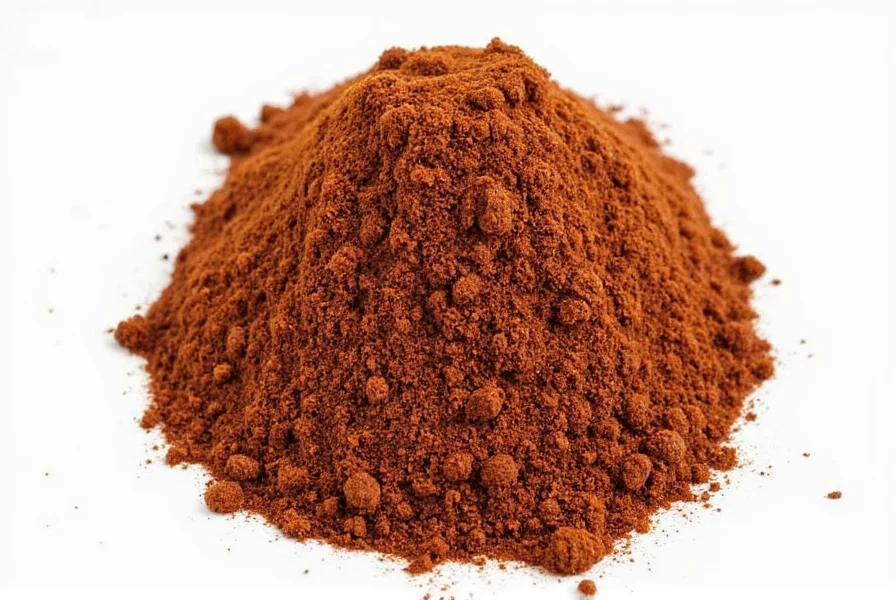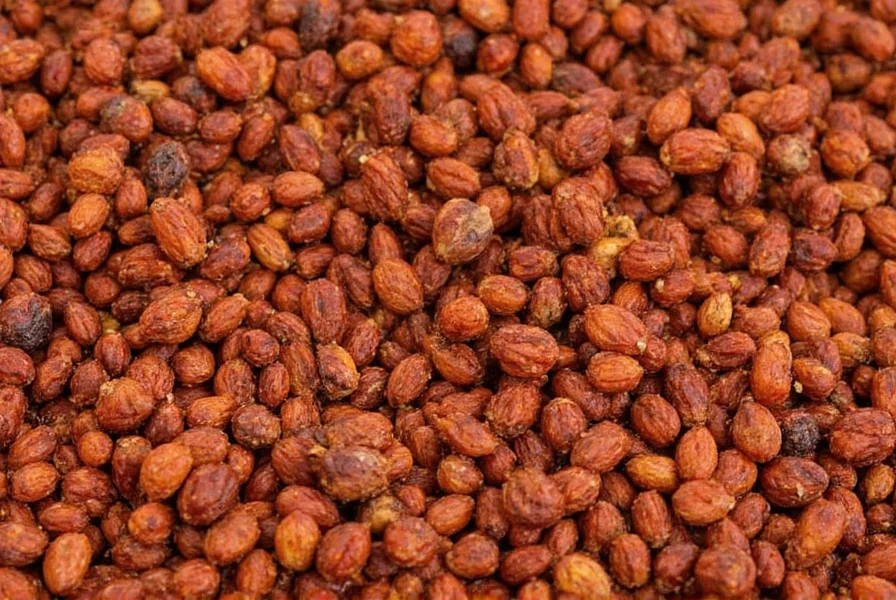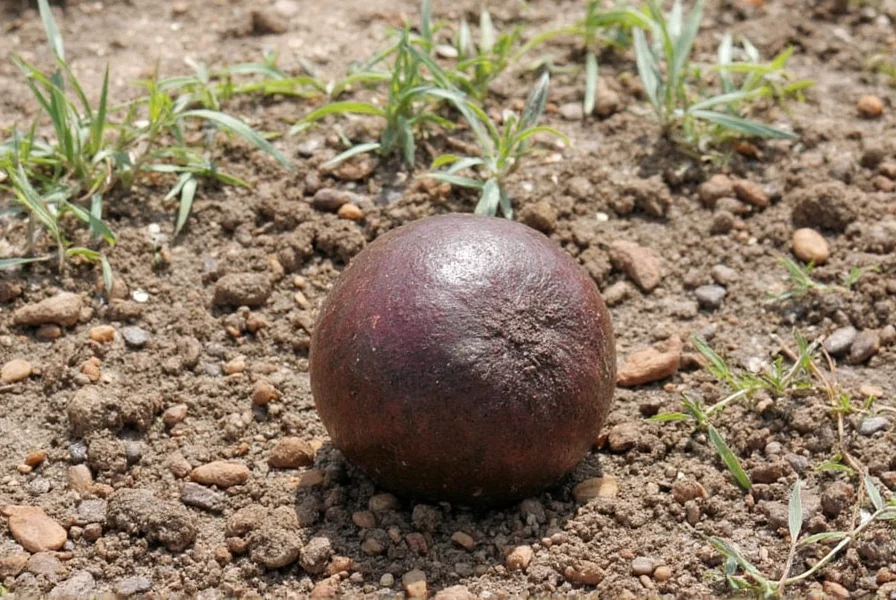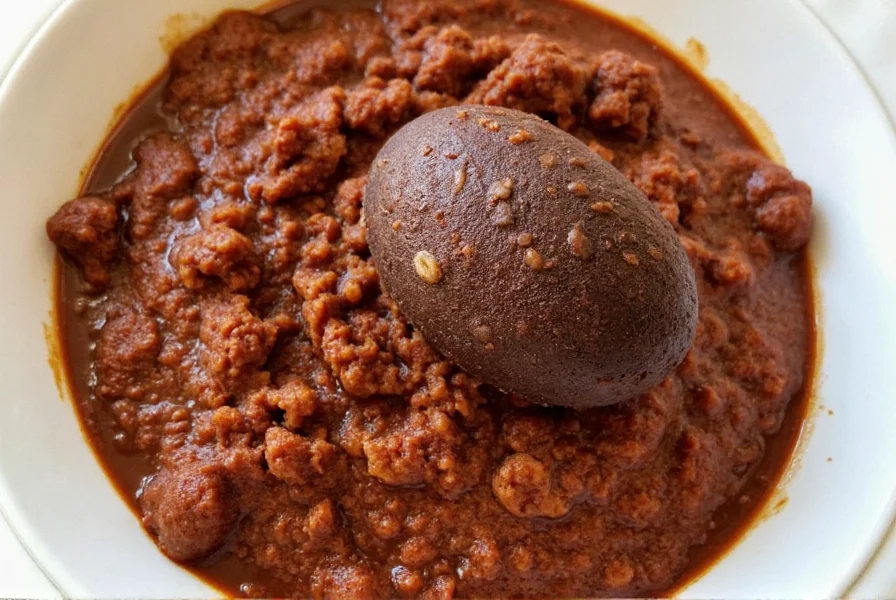- Introduction
- What Exactly Is Mole?
- Another Name for Mole – Unraveling the Many Masks
- Different Faces of Mole: Regional Varieties
- How to Cook with Mole Like a Pro
- Buying Guide: Choosing the Best Mole for You
- Frequently Asked Questions About Mole
- Conclusion: Embrace the Complexity of Mole
What Is Another Name for Mole? Top 5 Alternatives Explained
Mole is commonly known by several alternative names depending on region and recipe. The most frequent alternatives include "mole sauce," "mole poblano," "mole negro," "molé," and "adobo de mole." This guide explains each name's origin, regional usage, and cooking applications.

What Exactly Is Mole?
At its core, mole is a complex sauce made from chili peppers, nuts, seeds, spices, chocolate, and fruits. Rooted in Mexican culinary tradition (particularly Oaxaca and Puebla), the term "mole" derives from the Nahuatl word mōlli, meaning "sauce."

Another Name for Mole – Unraveling the Many Masks
Here are the most common alternative names for mole:
- Mole Sauce: The standard English term for the finished sauce (distinct from paste/powder forms).
- Mole Poblano: Specifically refers to the iconic red-brown Puebla-style mole often served with turkey or chicken.
- Mole Negro: The black mole from Oaxaca, known for its deep, smoky flavor profile.
- Molé: Spanish spelling with an accent mark, common in authentic Mexican contexts.
- Adobo de Mole: Used when mole functions as a marinade or seasoning paste.
| Name | Region | Main Flavor Notes | Common Use |
|---|---|---|---|
| Mole Poblano | Puebla | Chocolate, chili, cinnamon | Over chicken or turkey |
| Mole Negro | Oaxaca | Toasted, smoky, raisin-like | With pork or tamales |
| Mole Verde | Oaxaca / Central Mexico | Fresh herbs, green chilies | Vegetables or fish |

Different Faces of Mole: Regional Varieties
Mexico features diverse mole variations:
- Mole Amarillo: Yellow chilies and coriander create citrusy notes (Oaxaca).
- Mole Chichilo: Dry paste used in stews (Michoacán), no chocolate or fruit.
- Mole Almendrado: Almond-focused for nutty richness.
- Mole Pipián: Pumpkin seed-based, lighter and fresher (often with chicken).
- Mole Coloradito: Reddish hue from tomatoes and dried chilies (Chiapas).

How to Cook with Mole Like a Pro
- Start with the Right Base: Choose paste (concentrated), powder (rehydratable), or ready-made sauce (convenient).
- Dilute Slowly: Gradually mix paste/powder with warm broth to avoid lumps.
- Taste Before Salting: Commercial mole often contains salt.
- Simmer Gently: Allows flavors to meld without burning.
- Add Acidity: Lime juice or vinegar brightens heavy sauces.
- Pair Wisely: Serve with rice, tortillas, or bread to absorb sauce.

Buying Guide: Choosing the Best Mole for You
Types of Mole Products
| Type | Pros | Cons | Best For |
|---|---|---|---|
| Mole Paste | Long shelf life, versatile, intense flavor | Requires dilution and longer cooking | Home cooks and serious chefs |
| Mole Powder | Lightweight, long shelf life, easy to transport | May require additional seasoning | Campers, students, travelers |
| Ready-to-Use Mole | Instant, no cooking needed | Shorter shelf life, less intense flavor | Beginners, busy professionals |
Top Brands to Try
- La Costeña: Premium mole pastes (especially Mole Poblano).
- Rosita: Authentic paste and powder options.
- Goya: Widely available mild family-friendly mole.
- Ranchero: Traditional deep-flavored mole.

Frequently Asked Questions About Mole
What is another name for mole?
Mole is commonly called "mole sauce," "mole poblano," "mole negro," "molé," or "adobo de mole" depending on regional variations and context. "Mole sauce" is the standard English term for the finished sauce, while specific varieties like "Mole Poblano" refer to distinct regional recipes.
Is mole sauce the same as mole?
Yes. "Mole" (from Nahuatl mōlli, meaning "sauce") already implies a sauce. "Mole sauce" is redundant but commonly used in English to clarify it's not the paste or powder form. In Mexico, it's simply called "mole."
Why are there different names for mole?
Different names reflect regional variations. Mexico has seven states with distinct mole recipes. Names like "Mole Poblano" (Puebla) and "Mole Negro" (Oaxaca) specify the recipe's origin and unique ingredients. For example, "Mole Poblano" includes chocolate and cinnamon, while "Mole Verde" uses fresh herbs and green chilies.
What's the difference between mole and mole poblano?
"Mole" is the general term for all Mexican sauce varieties. "Mole Poblano" is a specific type originating from Puebla, characterized by its dark reddish-brown color, chocolate, multiple chilies, and spices like cinnamon. When people say "mole" without specification, they often mean Mole Poblano as it's the most widely recognized version.
Can I substitute one type of mole for another in recipes?
Substitutions will change flavor profiles significantly. Mole Poblano (chocolate-based) and Mole Verde (herb-based) are very different. Substitute similar styles: use Mole Negro for Mole Poblano, or another green sauce for Mole Verde. Traditional recipes specifying "mole" typically mean Mole Poblano.
Conclusion: Embrace the Complexity of Mole
Understanding mole's alternative names—like "mole sauce," "mole poblano," and "mole negro"—reveals its rich regional diversity. Each name corresponds to specific ingredients, origins, and culinary uses, transforming mole from a generic condiment into a gateway to Mexico's culinary heritage.

Whether buying pre-made sauce or preparing from scratch, knowing these names ensures you select the right mole for authentic dishes. Next time you see a jar labeled "mole," recognize it as part of a vibrant tradition—where every name tells a story of culture, history, and flavor.
Happy cooking—and may your mole always be flavorful!











 浙公网安备
33010002000092号
浙公网安备
33010002000092号 浙B2-20120091-4
浙B2-20120091-4